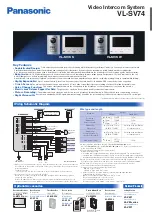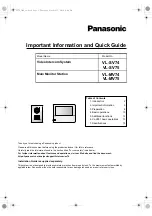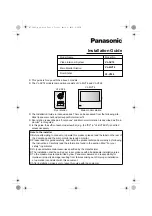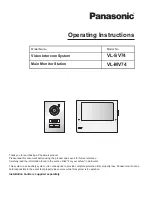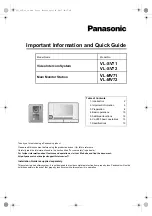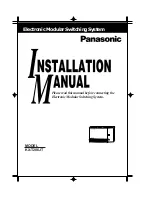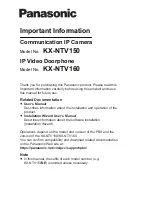
15
How not to turn a mixer into a distortion
generator.
To avoid overloading the pre amp inputs, always
operate the master volume at a high level and
control the volume from the input volume. The
ideal situation is to have all the components of
the audio chain operating at the same operational
range. Do not run the system with the mixer
“peaking in the red” while the box is turned down.
Also do not operate the system with the input
peaking (red overload light on or flashing) and the
master volume turned down.
Red lights flashing on a mixer indicate distortion.
If you have a mixer with the facility to show you
the input level on a meter, for example then you
push a CUE/PFL button, set the input level to
below the level of the red end of the LED ramp.
If you run the row of red lights to the end of the
ramp you will cause distortion at the very start of
the pre amplifier stage of the mixer. At this point
it will sound dirty and “fizzy” regardless of how
good the rest of your sound system is. The rest of
the system will be reproducing a distorted sound.
If you need more volume, turn down the input
signal so it is out of the red and turn up the output
of the mixer.
Buzzes and noises in the sound system.
Getting rid of unwanted noises is a study in itself.
Most of the noise, (apart from undesir¬able
program) will fall into three categories.
(A) White noise.
This is the hiss that suggests that
the gain structure is set incorrectly. Something in
the signal chain is boosting too much or an input
is set too sensitive. If your equipment has gain
switches on it, set them all the same. If the switch
is la4dB, set them all to that figure. If one
piece of equipment seems to be overloading, set
them all to -10/-20dB and be prepared to boost
the input level of the QSA input. The last unit in the
chain should be set to +4 dB at the output stage if
possible when connected to a line level input.
(B) low frequency hum.
This is often caused by
noise from the power leads being picked up by
the audio signal cables. The preferred solution is
to connect up your system with “balanced” XLR
microphone cables. Especially if you are running
the cables a long distance, (more than 5m /15 Ft).
The other solution is to make sure that your audio
cables are as far from power cables as possible.
(C) Buzz.
Sometimes you can experience a hum
and buzz together. A buzz is almost always a
problem with the “earthing” of the system. It will
often occur when you have the system powered
from separate power outlets in the same building
or audio and lighting sharing a common power
circuit. Even when the audio and lighting systems
are powered from separate sources, there can
still be a common earth between them. For
example, a smoke machine may be powered from
the lighting system, yet the trigger mechanism
could be connected to the audio system through
the audio multi-core/snake. An earth connection
between the audio and lighting will now exist and
a buzz could be amplified in the audio system. The
simple solution is to power your audio circuit and
everything connected to it from the same source.
If the buzz persists, check your signal cables, one
may have an earth/shield disconnected.
A cheap but possibly life saving investment is a
domestic power tester to check that the power
supply sockets are correctly wired. Faulty or
incorrectly wired power is a booby trap that is
more common than you think.
It is wise to avoid switching on or off devices
in the signal path while the speaker system is
powered and turned up. Otherwise loud clicks
and bangs could result. When shutting down the
system, always turn the speakers off first. This is
to prevent the speaker amplifying the sound of the
other equipment in the chain being shut down.
The reverse is true when powering up. Mixers
and effects on first, power amplifiers or powered
speakers on last.

















